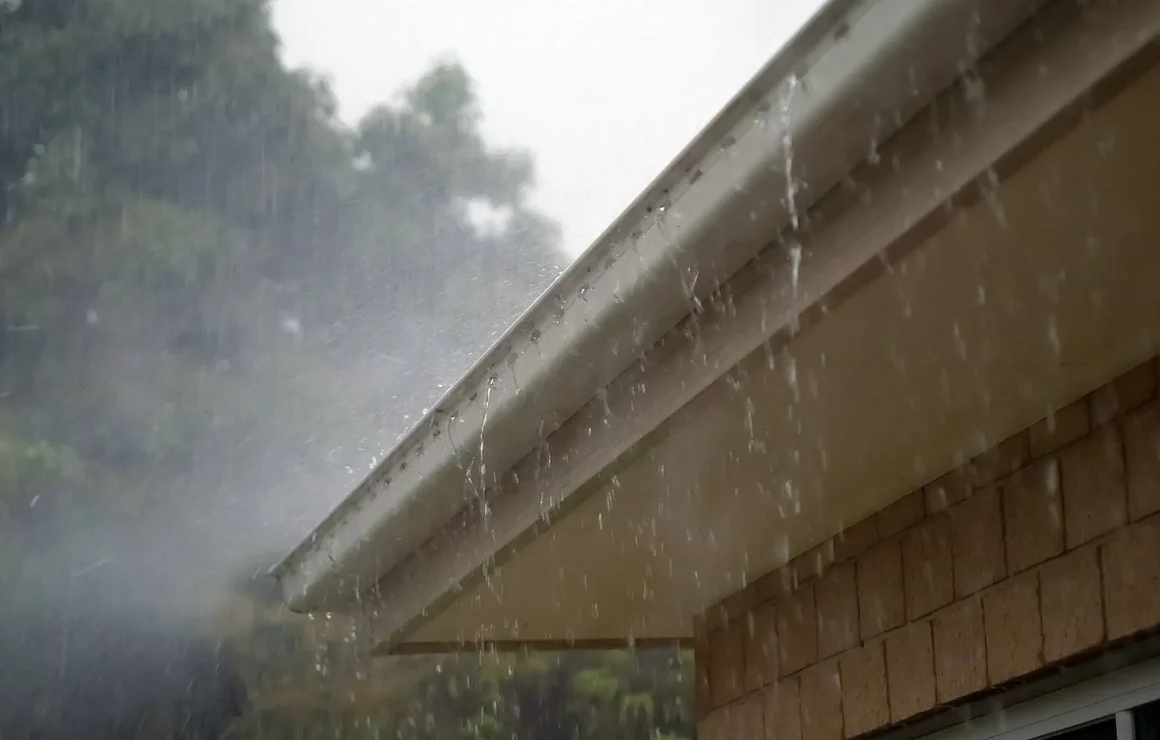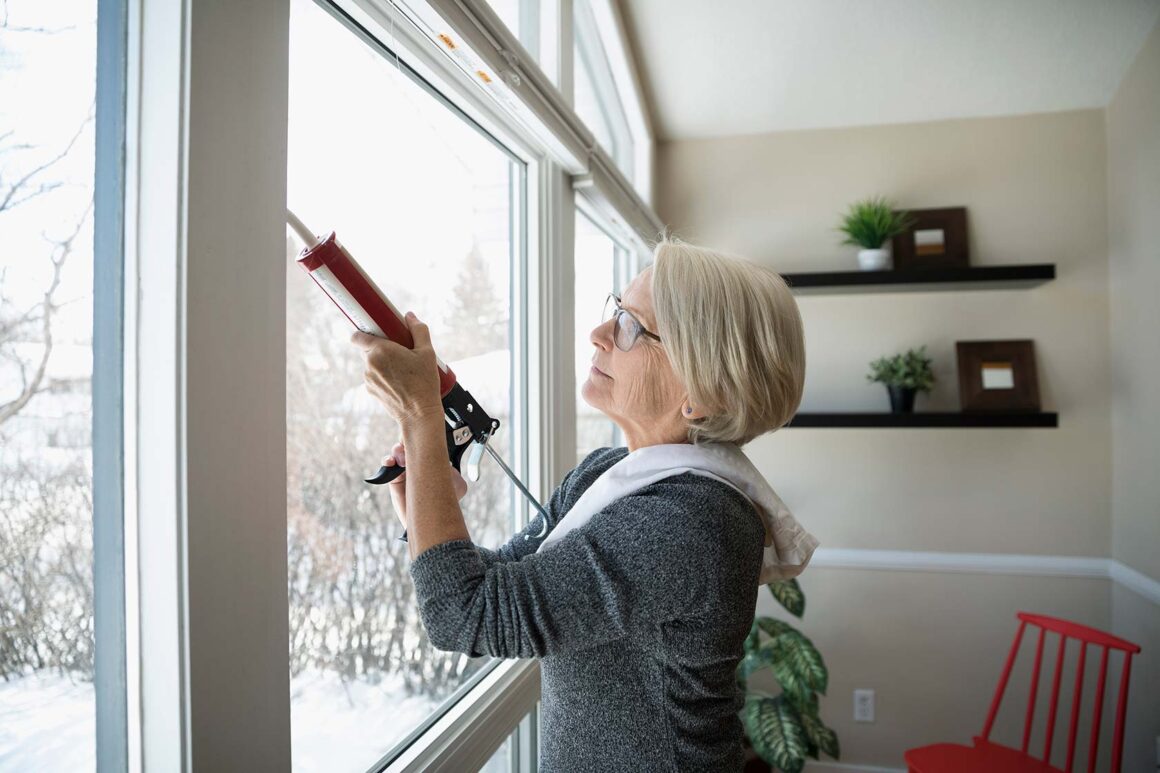As the seasons change and the weather becomes more unpredictable, it is essential to take proactive measures to protect your home from the elements. Harsh weather conditions, such as heavy rain, strong winds, and extreme temperatures, can cause significant damage to your property if not properly prepared for.
By implementing various strategies and investing in preventative measures, you can safeguard your home and ensure its longevity. From reinforcing your roof and windows to maintaining your gutters and landscaping, there are plenty of ways to fortify your home against Mother Natures wrath.
In this article, we will explore some practical tips and tricks to help you weatherproof your home and defend it against harsh weather conditions.
1. Understanding the Threat: Identifying Harsh Weather Conditions

Understanding the threat of harsh weather conditions is essential in protecting your home from potential damage. Identifying the different weather patterns that can pose a risk to your property, such as hurricanes, tornadoes, or blizzards, is the first step in developing a comprehensive plan to safeguard your home.
By being aware of the potential dangers that certain weather conditions can bring, you can take proactive measures to reinforce your homes structure, secure outdoor furniture and equipment, and prepare emergency supplies in case of severe weather events. Being knowledgeable about the specific threats that your area may face will better equip you to take the necessary precautions to protect your home and loved ones from the elements.
2. Assessing Vulnerabilities: Identifying Weak Points in Your Home

Assessing vulnerabilities in your home is a critical step in preparing for harsh weather conditions. Take a thorough look around your property to identify weak points that may be susceptible to damage.
Inspect your roof for loose shingles or signs of wear and tear, as well as your windows and doors for cracks or gaps that could let in moisture. Check your gutters and downspouts to ensure they are clear of debris and functioning properly to prevent water damage.
Additionally, inspect the foundation of your home for any cracks or signs of water infiltration. By addressing these vulnerable areas proactively, you can better protect your home from the elements and minimize the risk of costly damage.
3. Preparing Your Home: Steps to Protect Your Property

When preparing your home to protect it from harsh weather, there are several steps you can take to safeguard your property. Start by inspecting your roof and gutters to ensure they are in good condition and free of debris.
Trim back any overhanging branches that could potentially fall during a storm and cause damage. Make sure all windows and doors are properly sealed and consider installing storm shutters for added protection.
Additionally, have a plan in place for securing outdoor furniture and any other loose items that could become projectiles in high winds. By taking these precautionary measures, you can help minimize the potential impact of severe weather on your home.
Conclusion
In conclusion, preparing your home for harsh weather is essential to ensure its longevity and protect your investment. From sealing windows and doors to inspecting roof and gutters, there are various ways to safeguard your home against the elements.
Investing in composite cladding can also provide an added layer of protection and insulation. By taking proactive measures and staying vigilant, you can create a safe and comfortable living environment that is resilient to even the harshest weather conditions.
Remember, a little preparation now can save you a lot of trouble and expenses in the long run.


